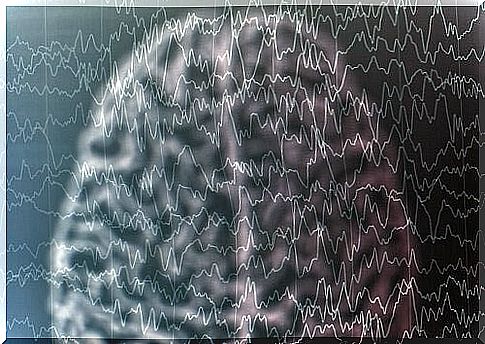Lennox-Gastaut Syndrome. What Is It?

The Lennox-Gastaut syndrome affects about 3-6% of children who suffer from epilepsy. It is more common in boys than in girls, and in almost half of all cases the cause remains unknown. It manifests around the age of 3-5 years. Clinically, in addition to epileptic seizures, the children also show cognitive disorders and a slow spike-wave pattern. Progressive cognitive impairment occurs in almost all cases. Patients with Lennox-Gastaut syndrome often respond poorly to anticonvulsants. Therefore, it is difficult to make a prognosis when it comes to their spiritual development.
Patients show learning difficulties, memory loss and psychomotor changes. Half of all those affected who reach adulthood are overwhelmed with their everyday lives. Only a fraction of all patients with Lennox-Gastaut syndrome manage to lead an independent life. There is almost always a cognitive lag.
Approximately 5% of patients with Lennox-Gastaut syndrome die in the first decade of life, either from the disorder itself or from complications associated with it. Symptoms often worsen during puberty and adulthood. Many emotional problems and difficulties in coping with everyday life are associated with the syndrome. Therefore, current treatments are focused on improving the patient’s quality of life.
Lennox-Gastaut syndrome and its symptoms
Lennox-Gastaut syndrome is a particularly severe form of childhood epilepsy. It causes deterioration in mental performance and development problems. Those affected suffer generalized seizures and so-called absences. Symptoms can vary, but the most common are:
- Tonic seizures: physical rigidity, rapid eye movements, dilated pupils and an altered rhythm of breathing
- Atonic seizures: Brief loss of muscle tone and consciousness. This can cause the person to fall abruptly and cause serious injury.
- Myoclonic seizures: sudden tremors in the muscles.
- Absence: absent gaze, focusing the gaze on a fixed point, no reaction to external stimuli.
The frequency of the seizures is often very high. But sometimes there are also short periods in which they do not occur. Most children with Lennox-Gastaut syndrome experience some degree of intellectual disability. Also to developmental delays and behavioral problems can occur.

Lennox-Gastaut syndrome is often associated with other, sometimes serious, behavioral disorders. This includes:
- Hyperactivity
- aggressiveness
- Autistic tendencies
- Personality disorders
- Psychotic symptoms
Health complications in the form of neurological disorders often occur at the same time, e.g. B.
- quadriplegia
- Hemiplegia
- Extrapyramidal Disorders
- Motor development delays
Causes and Treatment Options
The most common causes include:
- Gene defects, including inherited metabolic disorders
- Brain malformations
- Neurocutaneous Disorders
- Perinatal hypoxia
- Post-traumatic hypoxic-ischemic encephalopathy
- Central nervous system infections
- meningitis
- Degenerative diseases
- Severe brain damage of another origin
In many cases, the cause remains unclear. Treatment is very difficult because there is a high level of resistance to conventional therapies. First line drugs include valproate and benzodiazepines, e.g. B. clonazepam, nitrazepam or clobazam. The choice of drug depends on the most common type of epileptic seizures the patient has.
More than one drug is generally prescribed. This can dampen or reduce the symptoms. The patient could e.g. B. take a mixture of valproate, benzodiazepines, lamotrigine and / or topiramate. For some children, this may improve the situation. Usually, however, they develop a tolerance to the medication over time. Unfortunately, this then loses their effect.

The treatment lasts for life. There is no cure. The main goal is to maintain or improve the patient’s quality of life. The aim is to achieve this by reducing the frequency of epileptic seizures. However, complete remission is not possible. In addition to medication, there are other treatment options: the ketogenic diet, stimulation of the vagus nerve, and surgical treatment.
Today the long-term prognosis is daunting. 5% of children die in the first decade of life. On the positive side, researchers work hard day in and day out to improve the chances of survival. Great strides have been made in this area in recent years.









